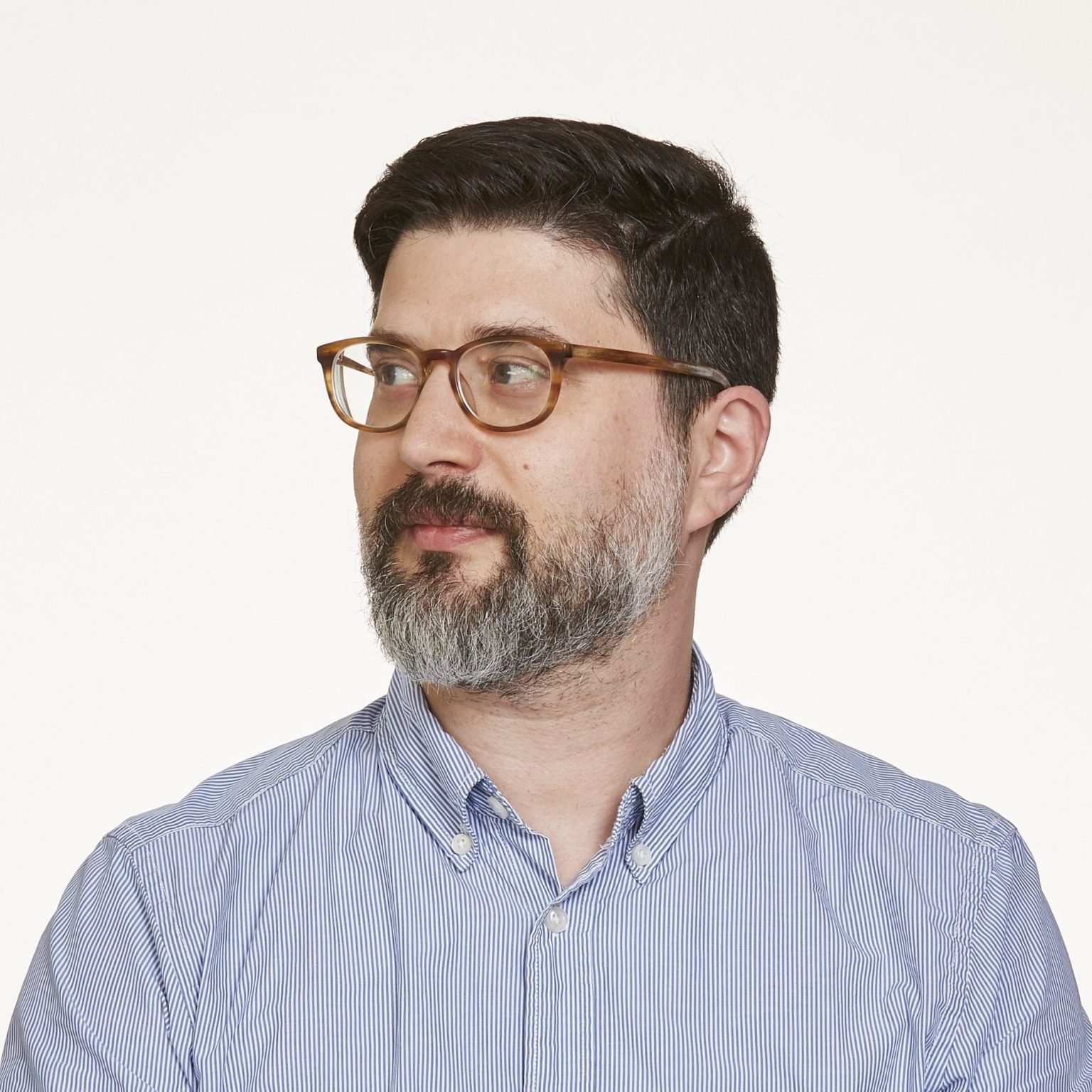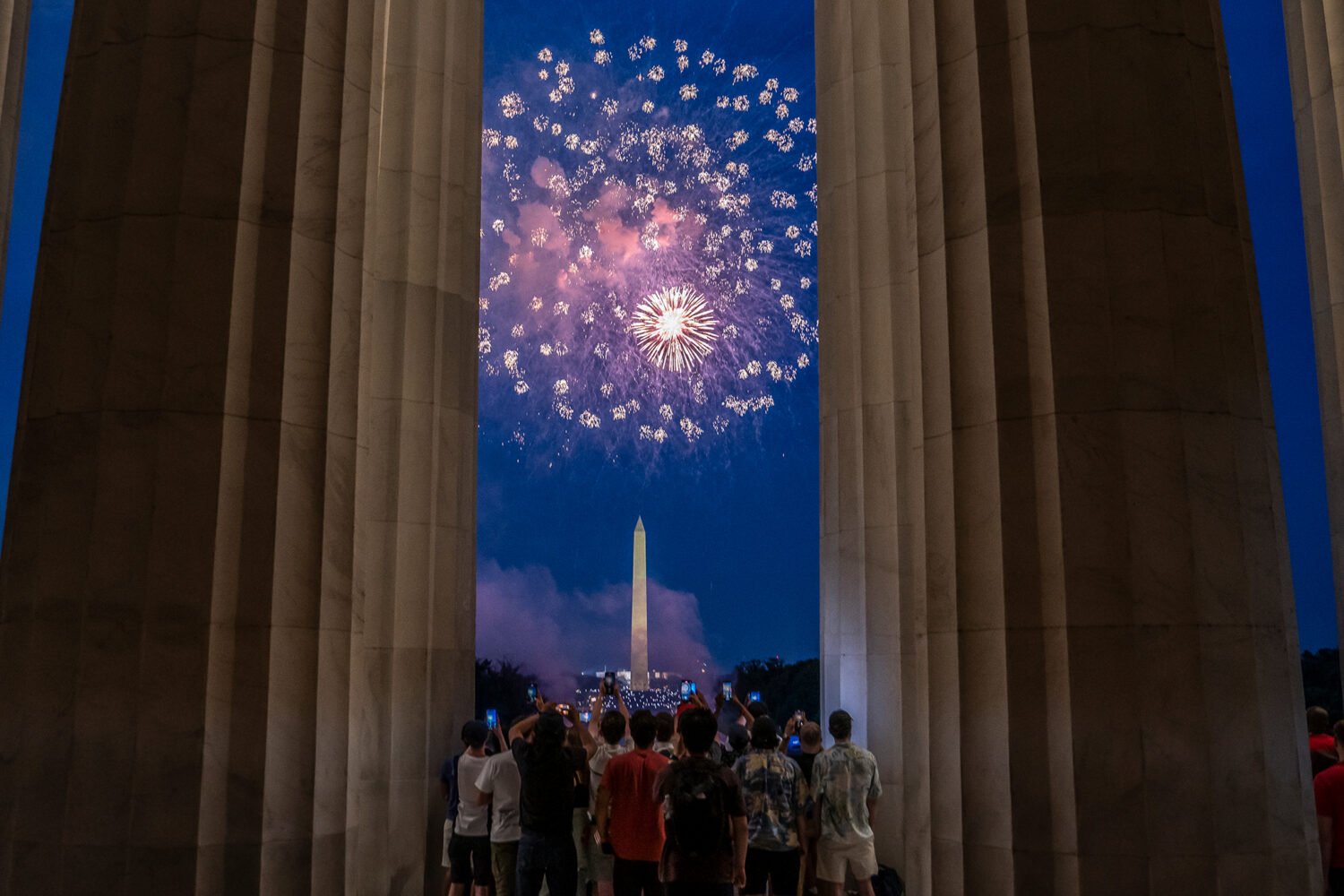The current occupant of the White House is a big fan of Independence Day celebrations, and this year—pandemic be damned—there will be fireworks and flyovers and other displays of patriotic fervor. But this President is hardly the only one to seriously embrace the holiday. We asked Lina Mann, a historian with the White House Historical Association, to pick a few notable past presidential celebrations.
Thomas Jefferson, 1801
John Adams was the first President to live in the White House, but he was gone by the time Independence Day rolled around, making Jefferson the first to celebrate the event at 1600 Pennsylvania Ave. “The city itself didn’t really exist as we know it today,” says Mann. “It was still being constructed in the year 1800. The celebrations prior to that probably wouldn’t have been very much because it wasn’t the seat of government at that point.”
Jefferson decided to go all out. “He hosted a public reception at the White House where he greeted citizens and diplomats and even a group of Cherokee chiefs in the Blue Room,” says Mann. “And then on the north grounds of the White House they had horse racing, they had festivals, food, all that kind of stuff.”
What was the vibe like? According to the July 6 edition of DC’s first newspaper, the National Intelligencer, it was…nothing like 2020’s political climate. “A spirit of general amity threw a magnanimous mantle of oblivion over past political differences,” the paper claimed, “and all present, without distinction of sect, offered and received cordial felicitation.”
John Quincy Adams, 1826
This was quite a date for JQA, Mann points out: both Thomas Jefferson and Adams’s father, John Adams, died. It was also the 50th anniversary of the signing of the Declaration of Independence, and—less momentously—Adams’s son’s birthday, Mann says. In Adams’s diary, he writes about how he spent the day: Reviewing military companies on the lawn of the White House, then joining a procession to the Capitol where the Declaration of Independence was read aloud. Adams didn’t learn about the deaths of Jefferson and John Adams until days later. In the July 6 entry of his diary, he calls Jefferson’s death on July 4 “a strange, and very striking coincidence.”
James K. Polk, 1845
Another tragic Fourth story. Mann says that Polk likely introduced DC to the big-time Independence Day fireworks display, which originally happened outside the White House and was attended by thousands of people. “But the celebration was marred,” Mann says, “by the fact that rogue fireworks ended up discharging and it injured dozens and ended up killing a man.” At the White House itself, temperance groups hosted a dinner on the lawn, during which the Declaration of Independence was read, temperance songs were performed, and—in a move that today seems downright un-American—beer was almost certainly not consumed.
Zachary Taylor, 1850
As part of his commemoration of the day, the President attended a celebration by the Washington Monument, which was then two years into its long construction process. “He consumed ice water and cherries,” says Mann, “and then five days later he ended up dying from a gastrointestinal illness that was probably cholera.”
On July 9, the National Intelligencer (at that point known as the Daily National Intelligencer) reported on Taylor’s condition. “It being generally known that President Taylor had been much indisposed for two or three days past, great anxiety was excited yesterday by information, which spread through the city, that his illness had assumed a very serious and critical aspect.”
The next day, the paper delivered the bad news, this time in a far less sober tone: “Weep, fellow-citizens! The hand of Death has stricken down a great and good man! Zachary Taylor, our honored and beloved President, is no more!”



















